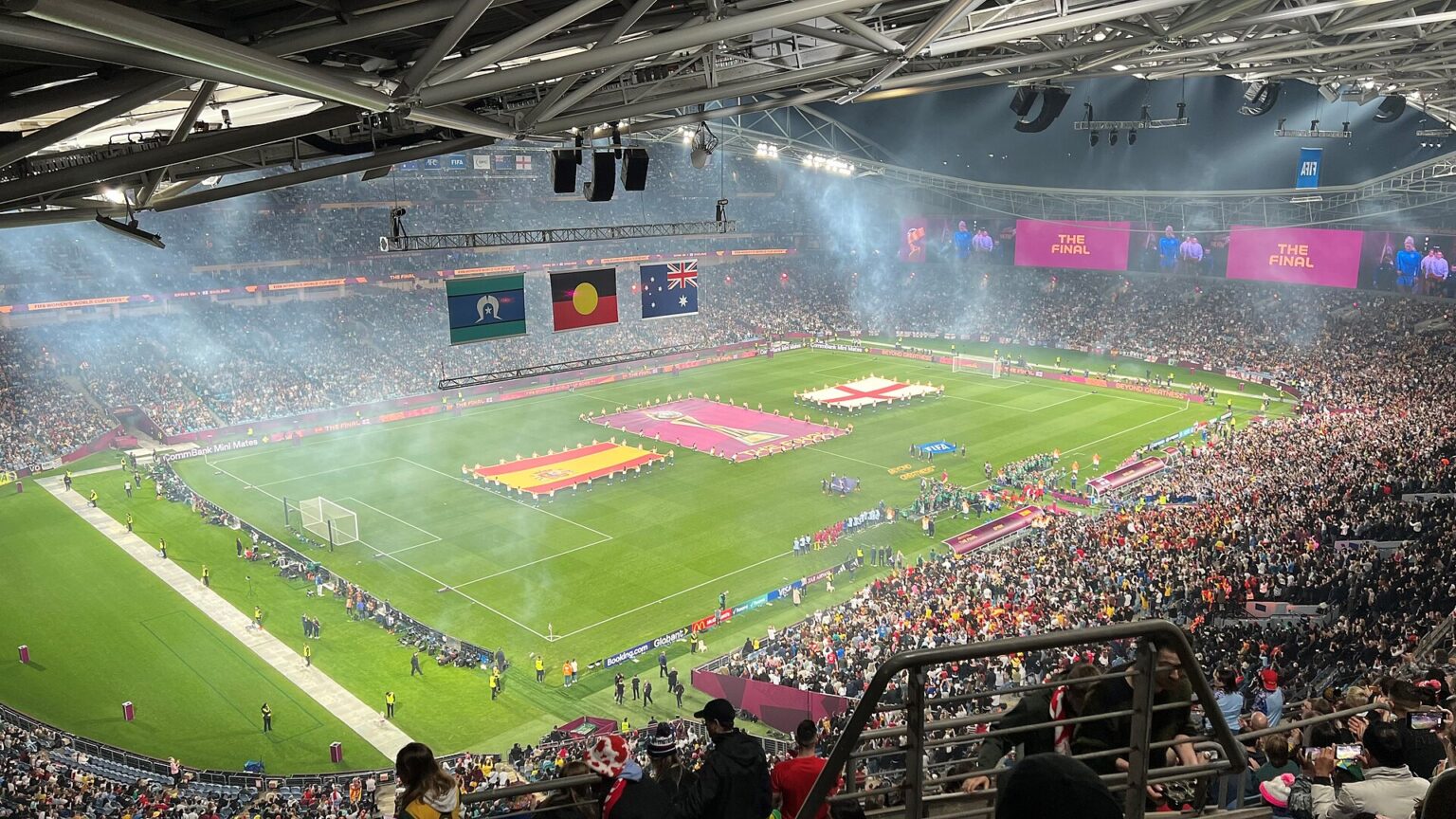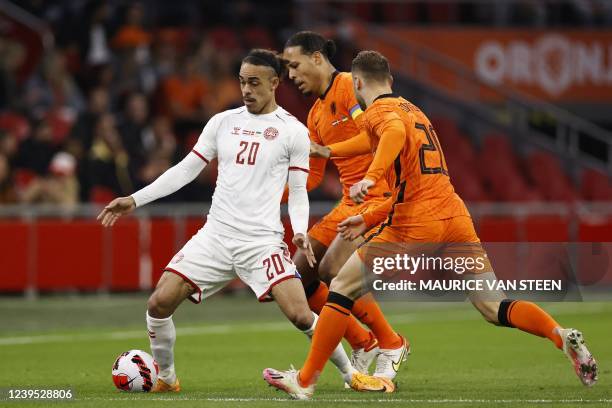The 2025 UEFA Women’s European Championship is set to be one of the most significant tournaments in the history of women’s football. With record-breaking attendance, sponsorship deals, and media coverage becoming the norm in recent years, the upcoming tournament in Switzerland could mark the beginning of a new financial era for the women’s game.
The Growth of Women’s Football
Women’s football has seen exponential growth since the 2017 Euros, where the Netherlands captivated audiences en route to their first title. The 2022 Euros in England shattered records, with over 365 million cumulative viewers and a sold-out Wembley Stadium for the final, where England defeated Germany.
Clubs and federations have since invested more in women’s teams, leading to improved professionalism, higher wages, and better facilities. The UEFA Women’s Champions League has also gained prominence, with Barcelona and Lyon drawing massive crowds and attracting global sponsors.
Why 2025 Could Be a Turning Point
1. Increased Commercial Investment
Sponsorship deals for women’s football have surged, with brands like Visa, Barclays, and Google investing heavily. The 2025 Euros will likely see even bigger partnerships, as companies recognize the commercial potential of women’s football. UEFA has already reported strong interest from broadcasters and sponsors, suggesting record revenues.
2. Media Rights and Broadcasting
The 2022 Euros were broadcast in over 195 territories, and 2025 could see even wider distribution. With streaming platforms like DAZN and broadcast giants like BBC and Sky Sports committing to extensive coverage, media rights deals are expected to reach unprecedented levels.
3. Prize Money and Player Compensation
UEFA has steadily increased prize money for the Women’s Euros, from €8 million in 2017 to €16 million in 2022. If this trend continues, the 2025 tournament could see another significant jump, further closing the gap with the men’s game. Better compensation would incentivize federations to invest more in their women’s programs.
4. Stadiums and Fan Engagement
Switzerland, the host nation, plans to utilize major venues like St. Jakob-Park in Basel and the Wankdorf Stadium in Bern. High attendance figures would reinforce the argument that women’s football can fill large stadiums consistently, boosting ticket revenue and fan engagement.
5. Legacy and Infrastructure
Beyond the tournament itself, the 2025 Euros could leave a lasting legacy. Increased investment in grassroots programs, youth academies, and domestic leagues would ensure long-term growth, creating a sustainable financial model for women’s football.
Challenges to Overcome
Despite the optimism, challenges remain:
- Pay disparities between men’s and women’s football are still significant.
- Some federations lag in funding their women’s teams adequately.
- Media coverage, while improving, still doesn’t match the men’s game in many regions.
However, the momentum is undeniable. If the 2025 European Championships deliver on expectations—both on and off the pitch—they could indeed herald a new financial era for women’s football, setting the stage for even greater growth in the decades to come.
Conclusion
The 2025 Euros have the potential to be a watershed moment. With rising commercial interest, media coverage, and fan engagement, women’s football is no longer an afterthought but a major economic force. If UEFA, sponsors, and federations capitalize on this momentum, the tournament could mark the beginning of true financial parity in the sport.











